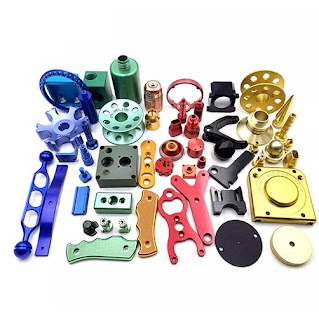What is Aluminum CNC Machining Service?

Aluminum CNC machining service is a precision manufacturing process that uses computer numerical control (CNC) technology to shape aluminum into complex, high-tolerance components. This method combines advanced software programming with automated machinery to produce parts with exceptional accuracy and repeatability. Aluminum ' s lightweight, corrosion resistance, and machinability make it a top choice for industries like aerospace, automotive, and electronics. Below, we explore how this service works, its advantages, and key considerations for optimizing results. How Aluminum CNC Machining Works CNC machining involves subtractive manufacturing, where material is removed from a solid aluminum block using rotating cutting tools. The process begins with a CAD (computer-aided design) model, which is converted into machine-readable code (G-code) to guide the CNC equipment. Modern CNC machines, such as 3-axis, 5-axis, or gantry-style systems, execute precise movements along mu...

